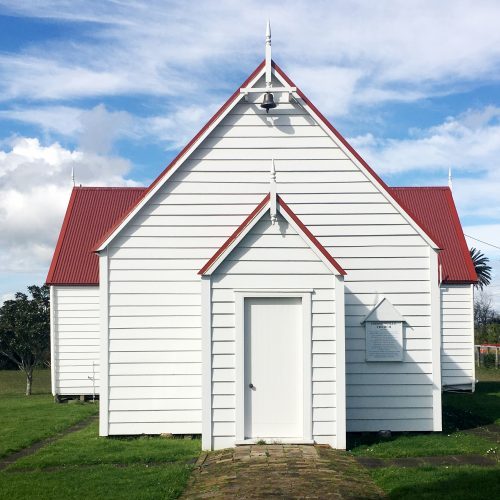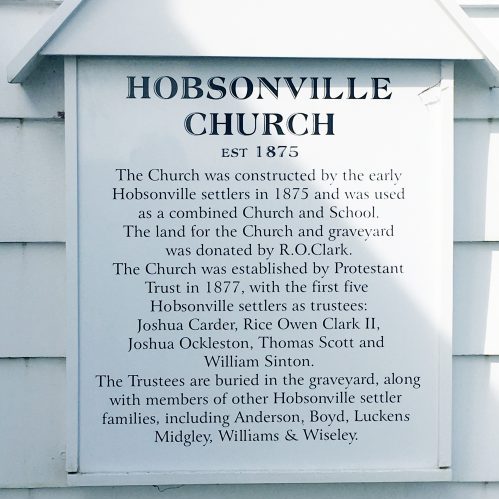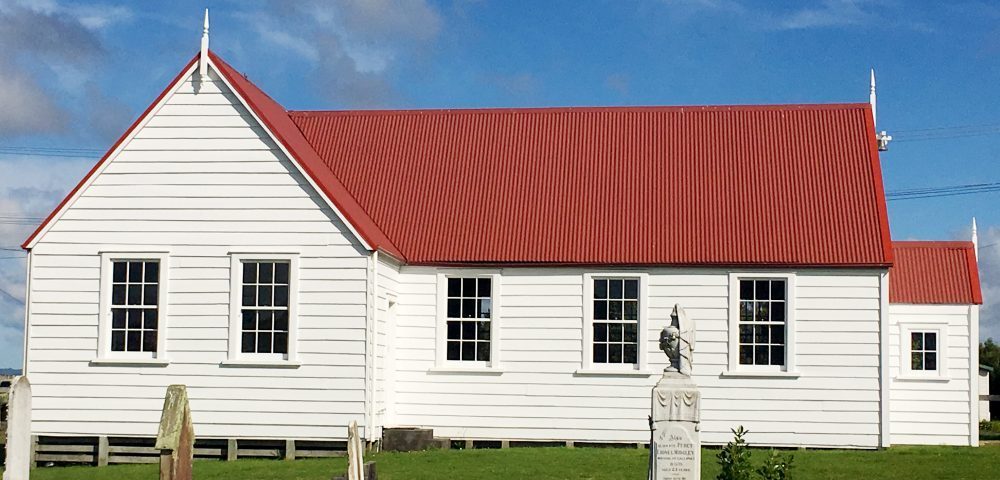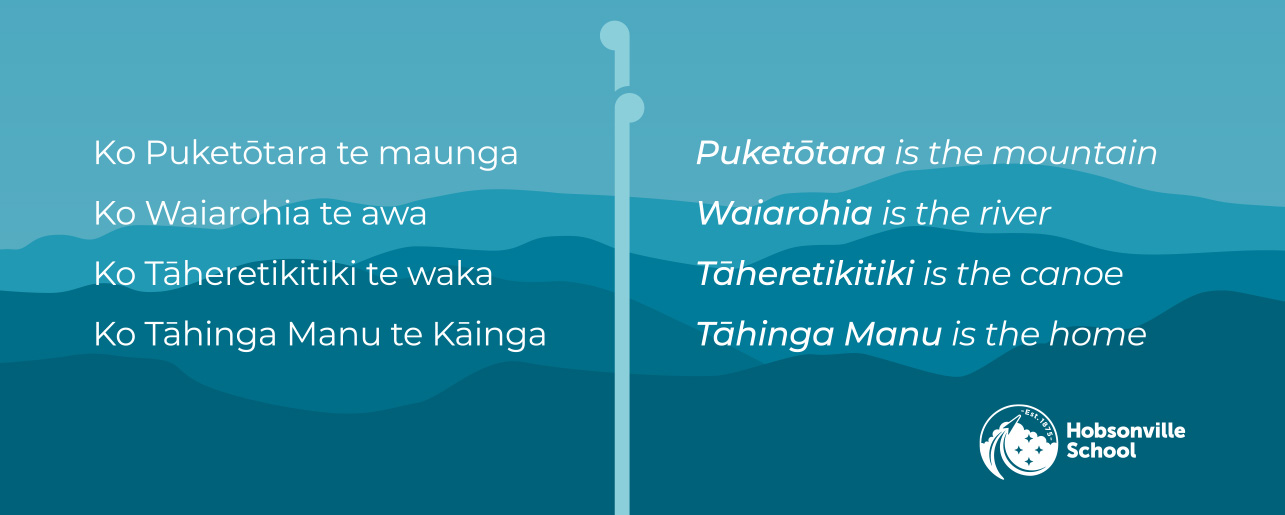Our school has been part of the rich northwest community for many generations. In fact some of our parents were students here, as were their parents! It’s a wonderful legacy and heritage that we feel gives a strong foundation to our school and a credibility and reassurance for all our parents. Hobsonville School has been here for many generations and we certainly look forward to welcoming many more.
A rich History since Generations ...
Located in Tāmaki Makaurau (Auckland), Hobsonville has a fascinating history. Before European settlement, the land was covered in kauri forest, the tidal flats teemed with birds and shellfish. Local iwi, Ngāti Whātua and Te Kawerau a Maki, called the area ‘Onekiritea’, named after the clay soil found in the area, which they used for its pigment and as a natural soap. The land provided richly for Māori and Pākehā alike, offering up seafood, timber, kauri gum and clay for pottery, and eventually fertile farmland for agriculture and horticulture.
In 1853, the Government bought 600 acres of land on the peninsula from Ngāti Whātua and renamed the area ‘Port Hobsonville’ after Captain William Hobson, the first Governor of New Zealand. Hobsonville is also famous for its air base where our commercial aviation industry was first pioneered.
Hobsonville School was originally opened in a private house in April 1875. In 1876, the beautiful and historic Hobsonville Church was built and the school was moved into the church in Scott Road. Nearly 20 years later, in 1894, five acres of land was purchased on Hobsonville Road and the first school building was built on the site where our school still stands today.
Today, Hobsonville School is ideally located at the point where west meets north, between Westgate and surrounding suburbs of Hobsonville Point, Whenuapai and West Harbour. While our semi-rural school has kept pace with Hobsonville’s rapid progress in recent years, we never forget our long history. In fact, some of our families are the descendants of Hobsonville School’s first students!



Our pepeha is the foundation of our multi-cultural school, it’s our physical and spiritual connection to our ancestors, our history and this place in which we live (long before it was called Hobsonville). A pepeha has a Māori context, but the idea is universal learning who we are and where we are from is an important part of building our students’ sense of identity and belonging.

HERE’S WHAT IT MEANS IN MORE DETAIL:
Puketōtara Maunga
Puketōtara is our local mountain (maunga). It is located at Te Henga/Bethells Beach. Te Henga was first populated by Māori about 1000 years ago and became the heartland for the manu whenua iwi, Te Kawarau a Maki. This iwi had many marae and kainga (villages) in the surrounding area. Their rohe (borders/reach) extended to include most of what is now West Auckland, the Waitakere Ranges, and much of the North Shore from the bridge to Mahurangi Harbour.
People from our kāinga (Tāhinga Manu) would have traveled to Te Henga for important hui and it was the major route for Māori from the west coast inland to Swanson and beyond. Te Henga sat at the junction of the coastal track and this inland track.
Waiarohia Awa
Waiarohia is our river (awa). Referring to the small stream which begins in West Harbour and winds its way to the upper reaches of the Waitematā Harbour. Waiarohia Inlet and Waiarohia Stream are water- ways located close to Hobsonville School. They would have been important for local Māori as locations for gathering kaimoana (seafood).
Tāheretikitiki Waka
Tāheretikitiki was the name of the canoe (waka) on which the ancestors of local Māori travelled from Hawaiki to New Zealand. It arrived in the Hobsonville area.
Tāhinga Manu
Tāhinga Manu (home) was the name of the original Māori kāinga (village) originally located in this area before it was inhabited by Europeans and renamed Hobsonville (after Captain William Hobson).
DOWNLOAD
OUR
HANDY APP
CLICK HERE
How to download the Hobsonville School App to your Mobile Device ...

